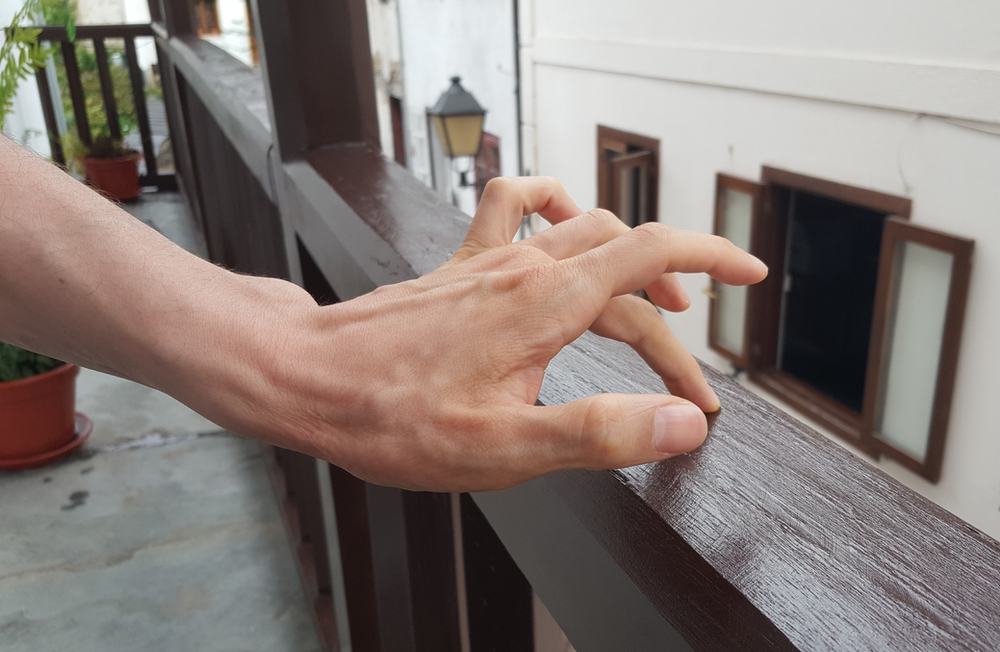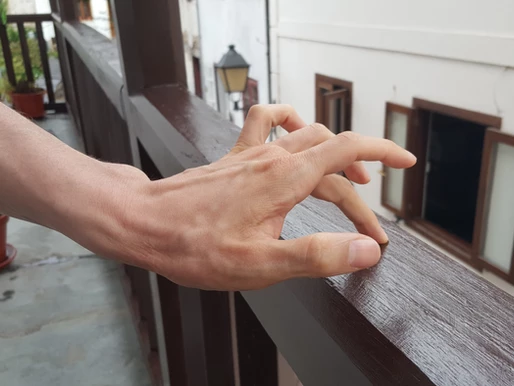Scaramuzza Technique, Uncategorized
Scaramuzza technique: Negative Movements

The primary role of the “negative” movements is to prepare us, so we don’t feel the stress of not being able to handle the “movement” coming. It is due to this reason that we have to take the prevision of instructing our students and make sure they have their “negative” movements in mind.
The value of preparation & how to prepare
It is easy for our students to forget about when and how to “prepare” for the “movements” to come. When we advise on how to deal with “negative movements” we need to focus mainly on when we instruct students to do them. The principle I recommend you to follow is efficiency.
When can we say a negative movement is efficient?
A “negative movement” is efficient if:
1. It happens early enough to allow the performer the necessary time to engage in the following “movement” properly.
2. It occurs as late as possible in relation to the note that comes from. In other words, it steals the least amount of time possible from the musical-note before.
3. It has the right size for the following movement to deploy efficiently. At the same time, it shouldn’t be too “small” as it can end being insufficient for the performer to the disengage from the current gesture.
Interaction
Negative movements can happen:
1. On their own
2. While we are on stand-by n the opposite hand
3. At the same time as another negative movement
4. At the same point as a positive movement
How to implement Scaramuzza technique: Negative Movements with students?
Beginners
A “negative movement” can be very easily taught from point “0”. The reason being is that its complexity will grow with that of the pieces. I strongly recommend you to start teaching this through Bartok. It provides you with the best material, in terms of note lengths and movements used, to educate your students. As the notes are long and spaced out evenly, they allow students to anticipate each “movement” and incorporate the sense and purpose of the “negative movements”.
Intermediate / Advanced
The story is very different when you deal with students who already now how to play the instrument.
The best way to land on these matters is to take a fragment which doesn’t require too many different “movements” to be used and slow down the tempo dramatically. It needs to become evident for the student what to do and when. We also need to explain to them the combinations of positive and negative movements that may arise. We then have to choose moments for the negative “movement” to be enacted which are comfortable enough for novices. The priority is to allow students to incorporate the concept of having to produce a movement that doesn’t “sound” and the purpose of it.

